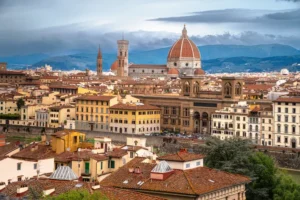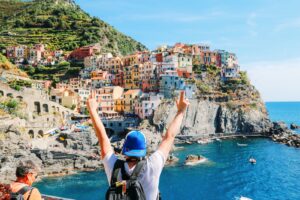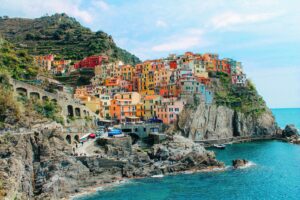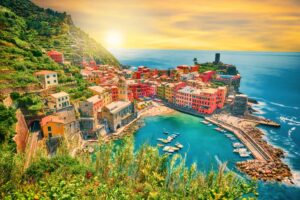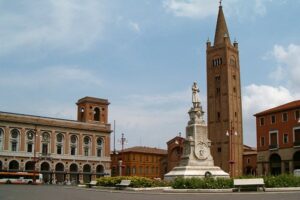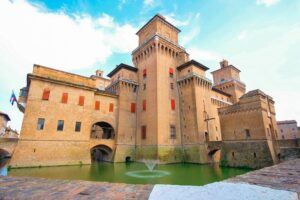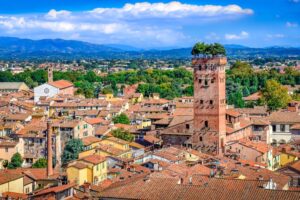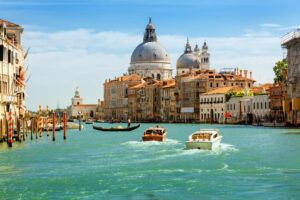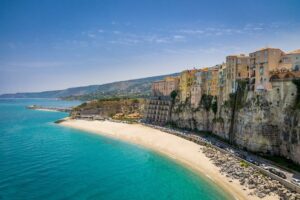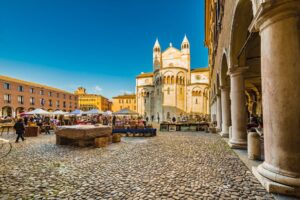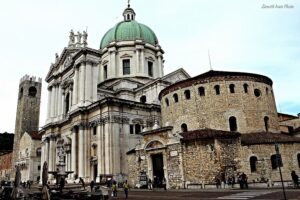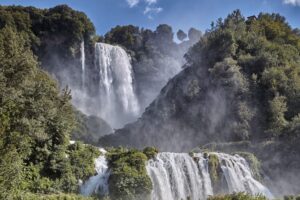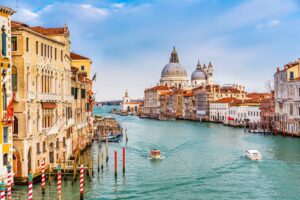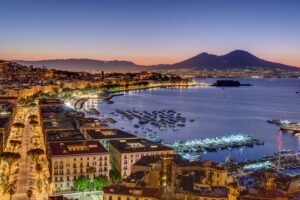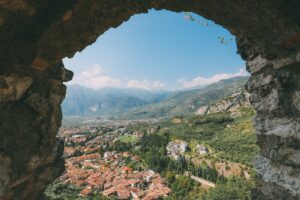The northern region of Italy, referred to locally as Il Nord or Settentrione, comprises eight distinct regions: Piedmont, Liguria, Aosta Valley, Veneto, Emilia-Romagna, Lombardy, Friuli-Venezia Giulia, and Trentino-Alto. This area has an estimated population of approximately 27.2 million inhabitants, making it a significant demographic hub. The geography of Northern Italy is diverse, featuring two coastal regions along with the mountainous terrains of the Alps and Apennines. Certain areas are characterized by dramatic mountain landscapes, while other sections, particularly along the eastern coast, present flat expanses leading to the Adriatic Sea. This region stands as Italy’s most economically productive area, housing numerous important manufacturing sectors that contribute to one of the highest GDPs per capita in Europe.
Read More
